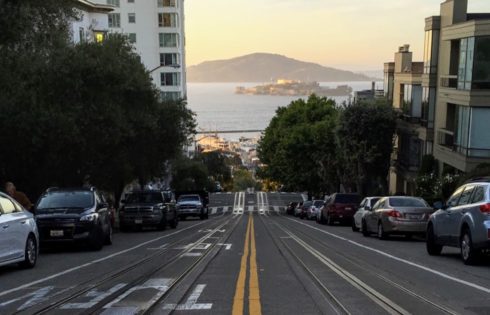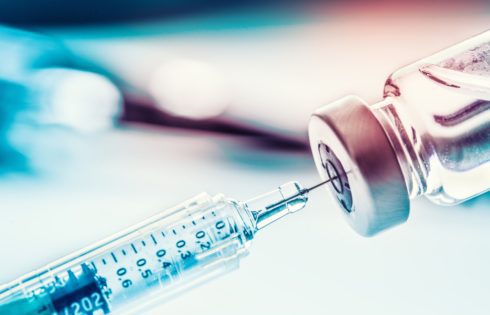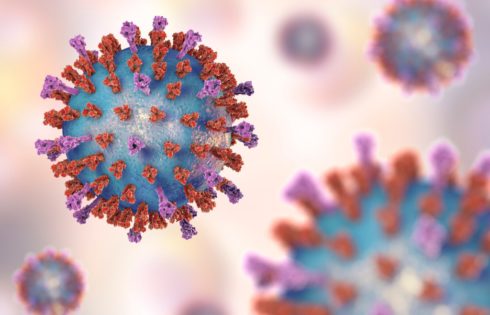
Lockdowns are coming, here is where they are happening
Coronavirus cases are spiking across the country at record rates and we are now starting to see more lockdowns happening. If you were wondering where these lockdowns are happening and

Coronavirus cases are spiking across the country at record rates and we are now starting to see more lockdowns happening. If you were wondering where these lockdowns are happening and

We’ve got more great news about coronavirus vaccines today! The Pfizer coronavirus vaccine has been found to be 95% effective and more importantly it has passed all safety checks. We

This has been an exciting month for vaccine developments. We first heard about Pfizer’s success with their trials which showed the vaccine was 90% effective. And then more recently we

We just received more good news regarding a potential coronavirus vaccine. The Moderna vaccine is 94.5% affective against the coronavirus according to early research data that was released by the

Pending the resolution of several legal actions taken by the Trump administration, it seems like the new president of the US is going to be Joe Biden. One of the

Millions of people around the world have been waiting for months for a vaccine to come out and get us back on track to living a normal life. Well, today

Small businesses all across the country have been hit pretty hard by the coronavirus pandemic. Some small businesses were able to get special aid over the last few months with

Some slightly good news came out today that the FDA has approved emergency use authorization of convalescent plasma to treat Covid-19, after finding “known and potential benefits of the product

When it comes to the latest science regarding coronavirus, I think it’s a good idea to be a bit cautious about jumping to conclusions. With this virus, it is somewhat

A couple of months ago I wrote about a coronavirus vaccine in the works from Oxford University in the UK. Some people in that camp believed that a vaccine could
| Cookie | Duration | Description |
|---|---|---|
| cookielawinfo-checkbox-analytics | 11 months | This cookie is set by GDPR Cookie Consent plugin. The cookie is used to store the user consent for the cookies in the category "Analytics". |
| cookielawinfo-checkbox-functional | 11 months | The cookie is set by GDPR cookie consent to record the user consent for the cookies in the category "Functional". |
| cookielawinfo-checkbox-necessary | 11 months | This cookie is set by GDPR Cookie Consent plugin. The cookies is used to store the user consent for the cookies in the category "Necessary". |
| cookielawinfo-checkbox-others | 11 months | This cookie is set by GDPR Cookie Consent plugin. The cookie is used to store the user consent for the cookies in the category "Other. |
| cookielawinfo-checkbox-performance | 11 months | This cookie is set by GDPR Cookie Consent plugin. The cookie is used to store the user consent for the cookies in the category "Performance". |
| viewed_cookie_policy | 11 months | The cookie is set by the GDPR Cookie Consent plugin and is used to store whether or not user has consented to the use of cookies. It does not store any personal data. |
